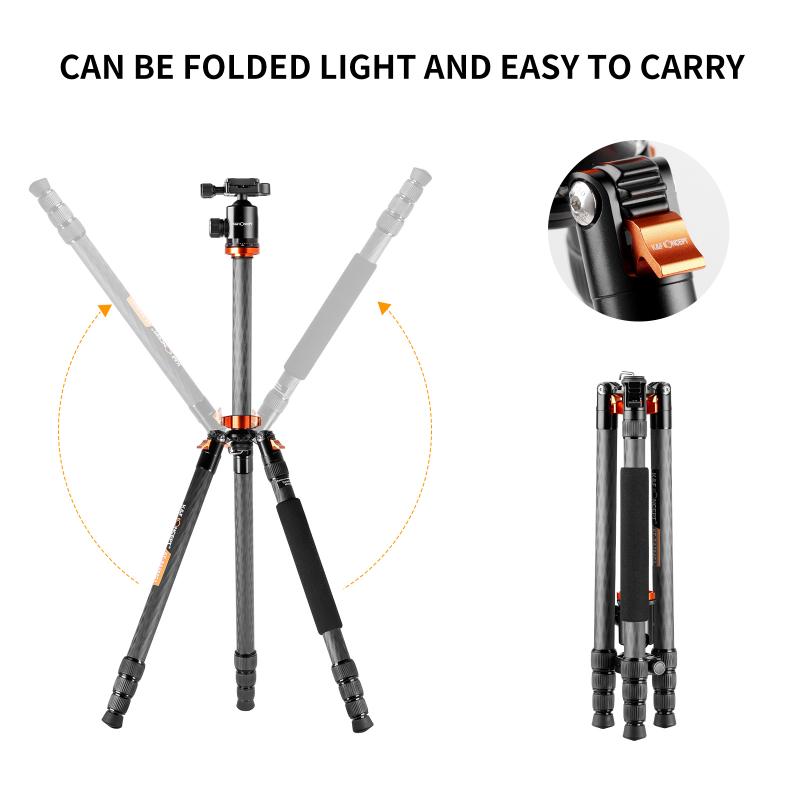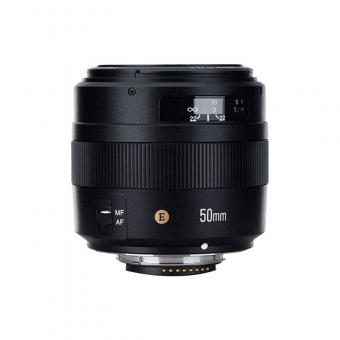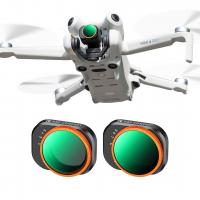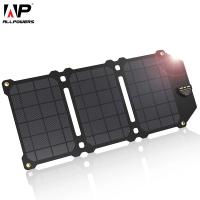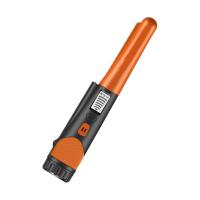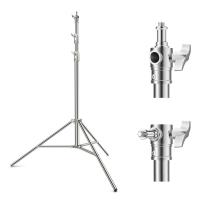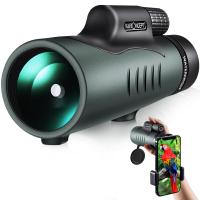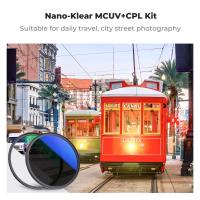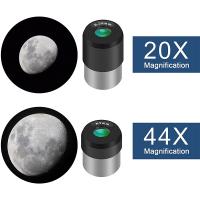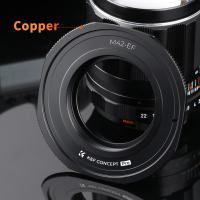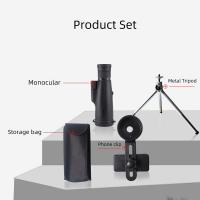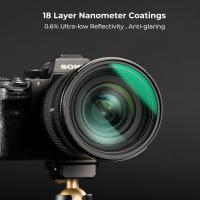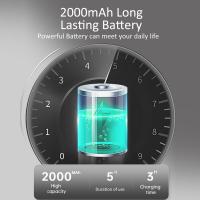How Does A Digital Camera Digitise Documents ?
A digital camera digitizes documents by capturing an image of the document using a sensor that converts light into electrical signals. The camera lens focuses the light reflected off the document onto the sensor, which consists of millions of tiny photosensitive elements called pixels. Each pixel measures the intensity of light falling on it and converts it into an electrical charge.
The camera's image processor then processes these electrical signals and converts them into digital data. This data represents the colors and brightness levels of each pixel in the captured image. The camera's software further processes this data to enhance the image quality, remove noise, and adjust colors and exposure if necessary. The resulting digital image can be stored in various file formats, such as JPEG or TIFF, and transferred to a computer or other digital devices for further use or sharing.
1、 Optical Sensor Technology in Digital Cameras
A digital camera digitizes documents through the use of optical sensor technology. Optical sensors, also known as image sensors, are electronic devices that convert light into electrical signals. In digital cameras, these sensors capture the light reflected off the document and convert it into digital data.
The most common type of optical sensor used in digital cameras is the charge-coupled device (CCD) or complementary metal-oxide-semiconductor (CMOS) sensor. These sensors consist of an array of millions of tiny light-sensitive elements called pixels. Each pixel captures the intensity of light falling on it and converts it into an electrical charge.
To digitize a document, the camera focuses the image onto the sensor. The light from the document enters the camera through the lens and falls onto the sensor's pixels. The pixels convert the light into electrical charges proportional to the intensity of the light. These charges are then converted into digital data by an analog-to-digital converter (ADC) within the camera.
The digital data is then processed by the camera's image processor, which applies various algorithms to enhance the image quality, adjust colors, and reduce noise. The processed image is then stored in a digital format, such as JPEG or RAW, on a memory card.
In recent years, there have been advancements in optical sensor technology, leading to improved image quality and performance in digital cameras. CMOS sensors, in particular, have gained popularity due to their lower power consumption, faster readout speeds, and better noise performance. Additionally, manufacturers have been increasing the resolution of sensors, allowing for higher megapixel counts and more detailed images.
Overall, optical sensor technology plays a crucial role in digitizing documents in digital cameras, providing the foundation for capturing and converting light into digital data.
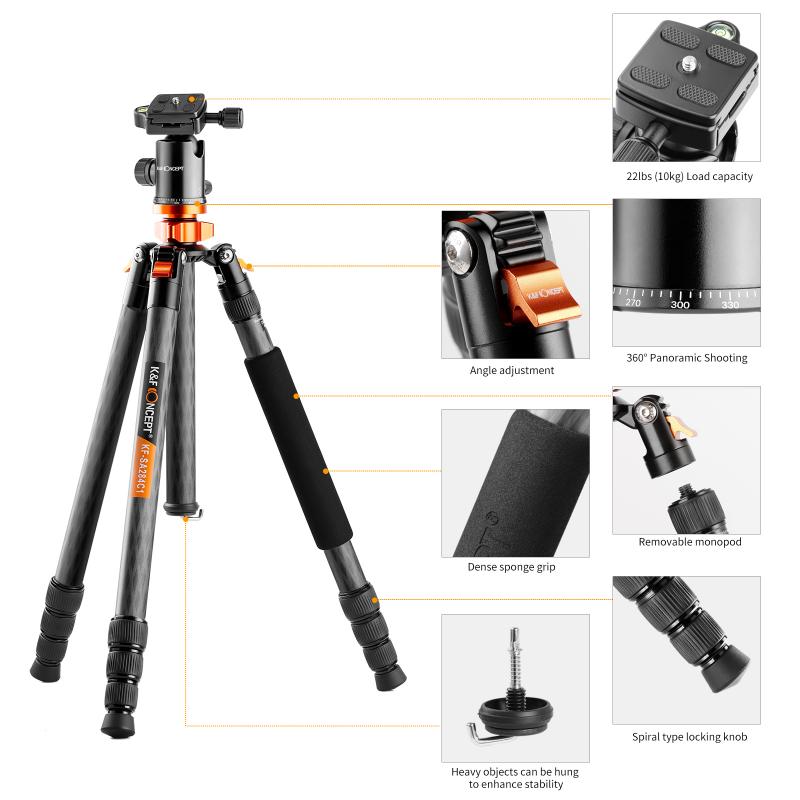
2、 Image Capture and Conversion Process in Digital Cameras
The image capture and conversion process in digital cameras involves several steps to digitize documents. Firstly, the camera's lens captures the image of the document, which is then focused onto a photosensitive sensor called a CCD (Charge-Coupled Device) or CMOS (Complementary Metal-Oxide-Semiconductor) sensor. These sensors consist of millions of tiny light-sensitive pixels that convert the incoming light into electrical signals.
Once the image is captured by the sensor, it is then processed by the camera's image processor. This processor applies various algorithms to enhance the image quality, adjust colors, and reduce noise. The processor also converts the analog electrical signals from the sensor into digital data.
The digital data is then compressed using algorithms such as JPEG (Joint Photographic Experts Group) to reduce the file size without significant loss of quality. This compression allows for more images to be stored on the camera's memory card.
The final step in the digitization process is storing the digital image on a memory card or internal storage of the camera. The image can then be transferred to a computer or other devices for further processing or sharing.
From a latest point of view, advancements in digital camera technology have led to improvements in image sensors, image processors, and compression algorithms. Higher resolution sensors with more pixels allow for capturing more detailed documents. Advanced image processors can now perform real-time image enhancement and noise reduction, resulting in better image quality. Additionally, newer compression algorithms like HEIF (High-Efficiency Image Format) offer even more efficient compression, allowing for higher-quality images with smaller file sizes.
Overall, the image capture and conversion process in digital cameras has evolved to provide users with high-quality, easily shareable digital documents.

3、 Pixel Resolution and Image Quality in Digital Cameras
A digital camera digitizes documents by converting the analog information captured by the camera's image sensor into digital data. This process involves several steps that ultimately result in a digital image file.
Firstly, the camera's image sensor, typically a CCD (charge-coupled device) or CMOS (complementary metal-oxide-semiconductor) sensor, captures the light reflected off the document. The sensor is made up of millions of tiny photosensitive elements called pixels. Each pixel records the intensity of light it receives, which corresponds to a specific color value.
Once the sensor captures the light, it converts the analog signal into a digital signal. This is done by converting the varying voltage levels produced by the pixels into discrete binary values. The analog-to-digital converter (ADC) within the camera performs this conversion, assigning a numerical value to each pixel based on its light intensity.
The digital data obtained from the ADC is then processed by the camera's image processor. This processor applies various algorithms to enhance the image quality, such as noise reduction, color correction, and sharpening. It also compresses the data to reduce file size while maintaining acceptable image quality.
The final step is to save the processed digital image file onto a memory card or internal storage within the camera. The file format used can vary, but common formats include JPEG, TIFF, and RAW.
In recent years, advancements in digital camera technology have led to improvements in pixel resolution and image quality. Higher pixel counts allow for more detailed images, while improved image processing algorithms enhance color accuracy, dynamic range, and low-light performance. Additionally, the use of larger sensors and better optics contributes to better image quality.
Overall, the digitization of documents by digital cameras has become increasingly efficient and capable of producing high-quality digital images suitable for various applications, including document scanning, archiving, and reproduction.
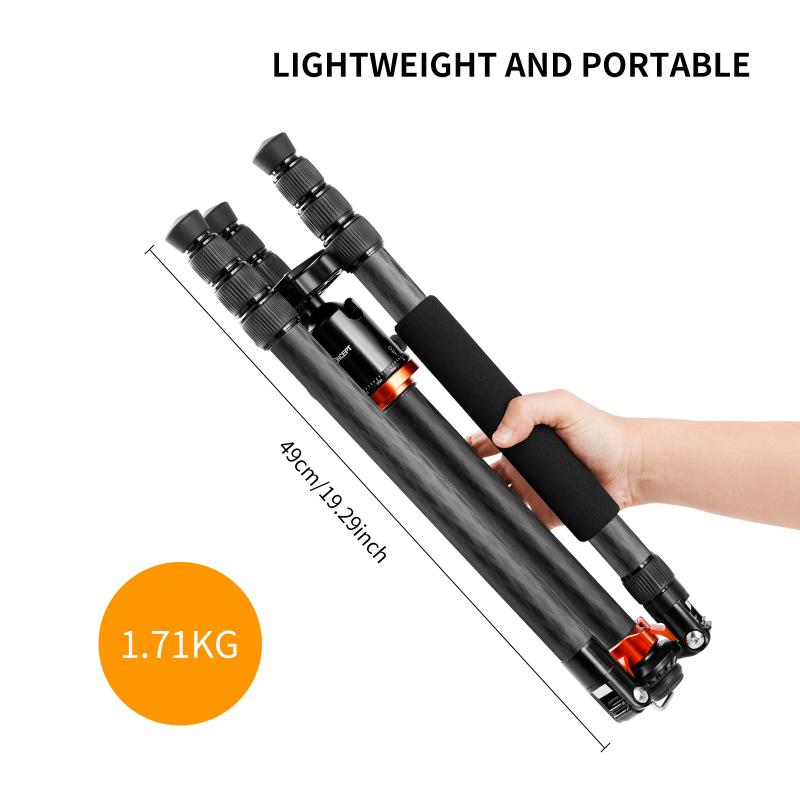
4、 Image Compression and File Formats in Digital Cameras
A digital camera digitizes documents by converting the analog information captured by the camera's image sensor into digital data. This process involves several steps, including image capture, image processing, and file compression.
When a document is captured by a digital camera, the image sensor records the light that falls on it and converts it into an electrical signal. This analog signal is then converted into a digital format through an analog-to-digital converter (ADC). The ADC samples the analog signal at regular intervals and assigns a numerical value to each sample, creating a digital representation of the image.
Once the image is digitized, it undergoes image processing to enhance its quality. This may involve adjusting the brightness, contrast, and color balance of the image to ensure accurate reproduction. Image processing algorithms are applied to remove noise, sharpen edges, and improve overall image clarity.
After image processing, the digital image is compressed to reduce its file size. Compression is necessary to store and transmit images efficiently. There are various compression algorithms used in digital cameras, such as JPEG (Joint Photographic Experts Group), which is the most common format for compressing images. JPEG compression reduces file size by discarding some image data that is less perceptible to the human eye. This lossy compression technique allows for significant file size reduction while maintaining acceptable image quality.
In recent years, there have been advancements in image compression and file formats in digital cameras. Newer cameras may support more advanced compression algorithms, such as HEIF (High-Efficiency Image Format), which offers better image quality at smaller file sizes compared to JPEG. Additionally, cameras may also support RAW file formats, which capture and store uncompressed image data, providing greater flexibility for post-processing.
Overall, the digitization of documents in digital cameras involves capturing the analog information, processing the image, and compressing the file to optimize storage and transmission. Advancements in compression algorithms and file formats continue to improve the efficiency and quality of digital document digitization.
